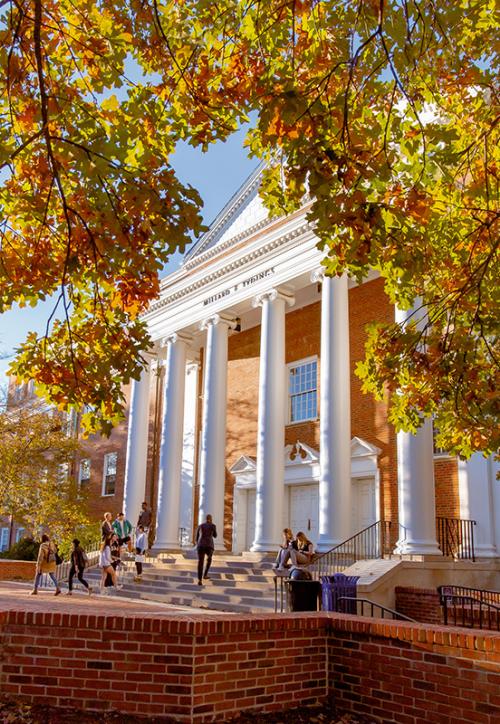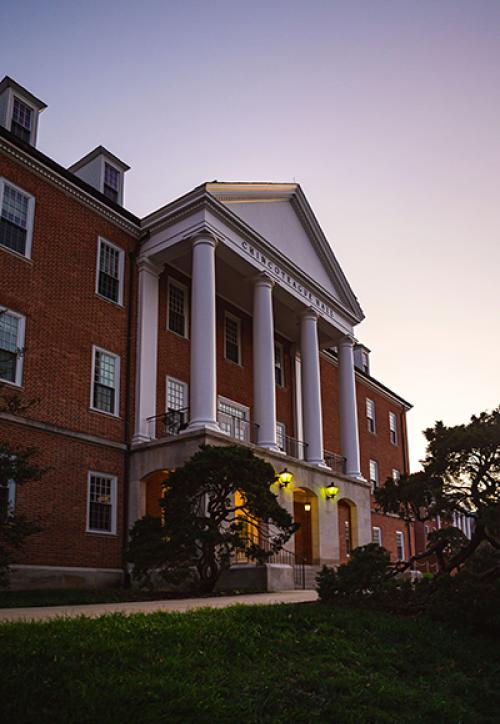New DNA Lab’s Cutting-Edge Methods Trace Development of Human Cultures
Anthropology ‘Classroom in a Lab’ Is First of Its Kind in State of Maryland
Inside a University of Maryland lab, Jordan Lieb ’26 spit into a tube in hopes of learning more about herself.
After adding chemical agents to the saliva, she placed the tube into a whirring centrifuge, extracting her DNA from her cells. The tube now rests in a freezer, but in the coming days she and her classmates will make billions of copies of a DNA section, part of an effort to draw conclusions about her ancestral origins.
Last week marked the unveiling of the lab, the first of its kind in the state. Dedicated to the rapidly growing field of genetic anthropology, its researchers use DNA to trace the evolution and migration of human groups from ancient times to the present.
While most of us associate DNA tracing with family trees and companies like ancestry.com, anthropologists were swabbing cheeks well before the human genome was decoded in 2003. A biologist or geneticist might look at DNA to understand its structure and function; anthropologists use it to compare person A with person B, then try to trace their ancestors from hundreds and even thousands of years ago to develop a deeper understanding of human history and ethnography.
When Lieb, an anthropology major, learned of the lab last semester, “it sounded so fascinating because I knew I wanted to be more on the natural sciences side of anthropology,” she said. Lieb will use the facility to continue analyzing the mitochondrial DNA of Koreans, tracking their migration to the peninsula from East and Central Asia.
“For students, it has the feel of a citizen-science class, with interactive teaching tools,” said the facility’s creator, Assistant Professor of anthropology Miguel Vilar. With table space to accompany 12 students, “it’s really a classroom inside of a lab. That’s always been the vision.”
Read more of John Tucker's story in Maryland Today
Photo by John T. Consoli
Published on Thu, Apr 17, 2025 - 11:16AM



